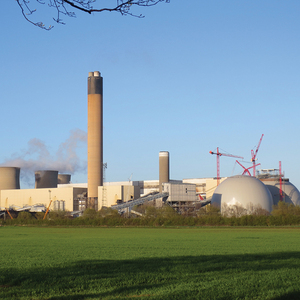Drax commissions study on relative cost of biomass, offshore wind




Tim Portz
November 25, 2014
BY Erin Krueger
Advertisement
Advertisement
Related Stories
Pellet and forestry experts explain the potential for woody biomass and pellets from waste wood residues to be used as a sustainable aviation fuel feedstock.
Clean Energy Technologies Inc. on Oct. 16 announced the Vermont PUC is reviewing a permit application for a proposed 2.2 MW project will use pyrolysis and gasification technologies to convert biomass into renewable synthetic gas for clean combustion.
Exolum invests in UK’s first independent SAF blending facility
European logistics company Exolum on Oct. 15 announced its decision to invest £4.5 million in creating the U.K.’s first independent sustainable aviation fuel (SAF) blending facility at Redcliffe Bay in south-west England.
Renewable are expected to account for 24% of U.S. electricity generation in 2025, increasing to 26% in 2026, according to the U.S. Energy Information Administration’s latest Short-Term Energy Outlook, released Oct. 7.
Drax has announced it will cease operations and idle pellet plant facilities in Leola and Russellville, Arkansas, effective Nov. 1, 2025. Operations at our other U.S. sites will remain unaffected, according to the company.





